

Diffusil® is space approved
The “Scanning Habitable Environments with Raman & Luminescence for Organics & Chemicals” has a nickname: SHERLOC
This scientific instrument is mounted on the robot arm of the rover “Perseverance” and will use spectrometers, a laser and a camera to search for organic substances and minerals on Mars.
SHERLOC is designed, among other things, to find possible signs of earlier microbial life on Mars.
Also included are optical calibration targets made of our Diffusil®-UV mounted on the rover.
In extensive tests at NASA, Diffusil®-UV has proved to be long-term stable even under the rough conditions of space. Thus IQS was once again able to prove the high quality of its fused silica materials.


Optical Integration Sphere
Description:
Integrating spheres are components of technical optics and are used, among other things, to generate diffuse radiation from directed radiation and to precisely measure the luminous flux of a light source. The inner surface of the hollow sphere is made of a material with good diffuse reflection, such as optical PTFE or barium sulphate.
Improvements over the state of the art:
Integrating spheres coated with PTFE or barium sulphate have disadvantages in various areas, e.g. the time-consuming cleaning only by specialist companies, their sensitivity to mechanical influences, the inherent fluorescence in certain wavelength ranges and finally their limited use in high-power laser applications. The integrating sphere made of the opaque fused silica Diffusil® developed by IQS in cooperation with the company opsira GmbH does not have these disadvantages. Due to its ultra-homogeneous distribution of micrometer-sized gas bubbles in the material, Diffusil® generates a high degree of reflection and a almost Lambertian scattering of the radiation on the inner surface of the hollow sphere. Thanks to the material properties of Diffusil®, cleaning by the customer himself is now possible without hesitation. Even stubborn contamination on the inner surface of the hollow sphere can be easily removed with standard cleaning agents or even acids without damaging the reflection and scattering properties of Diffusil®. The use of high-purity synthetic raw materials in the Diffusil® also prevents unwanted inherent fluorescence in the integrating sphere when using conventional excitation wavelengths. Since Diffusil®, like fused silica materials in general, has a high damage threshold with respect to laser radiation, the integrating sphere from IQS is virtually predestined for use in high-power laser applications. Even local heat spots up to 1,000°C caused by laser radiation do not damage the Diffusil® integrating sphere.
Result:
The Diffusil® integrating sphere is the first series-produced integrating sphere made of fused silica from a Sol-Gel process. Due to the special material properties of Diffusil®, the integrating sphere is not only suitable for laboratory use, but can also be used in industrial environments and in mobile outdoor applications. It generates no interfering inherent fluorescence under the known excitation wavelengths and is particularly suitable for use in high-power laser applications. The Sol-Gel moulding technology allows the simple and reproducible production of various geometric features such as light guide-, sensor- and light source connections.


Freeform Fixture Device
Description:
In the field of fluid mechanics, components with 3D free-form surfaces help to generate the optimum flow conditions in the process. During the complex production / machining of these parts on multi-axis machining centres, the secure alignment and fixing of such free-formed components is a particular challenge. The fused silica glass holders with free-form surfaces manufactured by IQS combine two innovative technologies in the processing of the above-mentioned components.
Improvements over the state of the art:
Often components with free-form surfaces are planned with extra holding points or surfaces for machining. Another way of fixing such components is to use holders that have the exact opposite contour of the free-form surface. The component that is actually to be machined is then fitted and held in this counter contour. This can be done e.g. by mechanical clamping or by bonding. Bonding is the most elegant and efficient holding method here. However, most holder materials are not transparent, making it impossible to check the adhesive surface for inhomogeneities and trapped air bubbles.
Result:
The new, transparent adhesive devices made of Verusil from IQS does no longer show the above mentioned disadvantages. By using the sol-gel molding technology, geometrically exact free-form surfaces can be produced in larger quantities at low cost. Since glass, unlike metals, is not ductile, the workpiece is precisely fixed during processing. Vibrations and geometric deviations are thus massively reduced. Furthermore, the bonding devices made of Verusil allowing the use of UV-curing adhesives, since this material grade has a high transmission in the UV wavelength range. Adhesiv can be applied onto the workpiece free-form surface and than positioned – a back-side UV irradiation of the adhesive surface by the bonding device itself hardens homogeneously the adhesive. A check of the adhesive surface for air inclusions and inhomogeneities is thus also possible.


High purity gas-heater module
Description:
In the field of trace analysis, special purity requirements are placed on instrument components. The long-term behaviour of installed components with regard to the release of undesirable elements and compounds is of particular importance. The fused silica glass part shown here is part of a heater module for ultrapure carrier gas in a trace analysis device. To create the flow channel, another fused silica glass disc is thermally bonded to the glass module shown. The component is heated up to several hundred degrees Celsius in a few seconds by means of electric heating pads. The carrier gas passes through the spiral channel in the heater module, is heated and then flows into the sample chamber of the analyzer at a central point in an even, laminar flow.
Improvements over the state of the art:
Existing heater modules for this device class were made of a specific metal. During use in the device, despite previous intensive cleaning of the heater modules, the slightest amount of foreign elements or unwanted chemical compounds were repeatedly released into the carrier gas, distorting the results of the analysis.
The high purity of fused silica glass and the chemically inert and non-porous surface of the flow channel in the heater module now ensure that the carrier gas used enters the following sample chamber of the analyzer without contamination.
Result:
The accuracy of the measurement results was improved by one size class by using the high-purity fused silica glass heater. A flow-optimized channel design contributes to an extremely homogeneous distribution of the gas flow into the sample chamber. The flow design generated in this way would be too complex to be manufactured by conventional material-removing machining processes. Here the Sol-Gel process of IQS as a molding technology for fused silica can score in terms of reproducibility and cost efficiency.
Want to know more ?
Contact us – we will be happy to provide you with further information.
